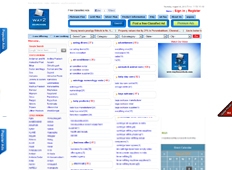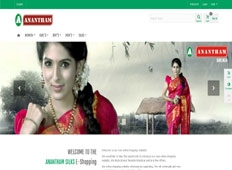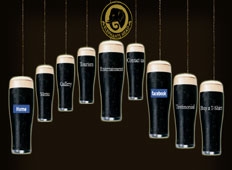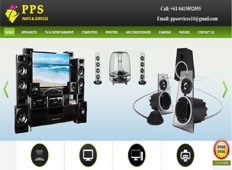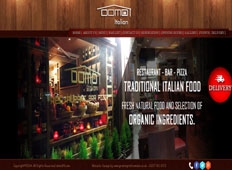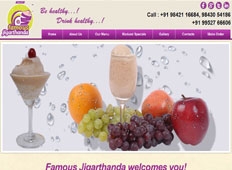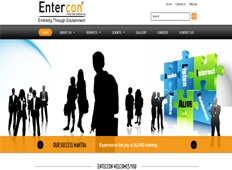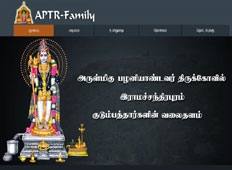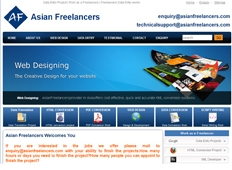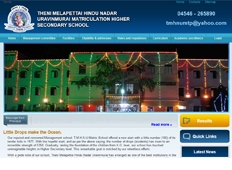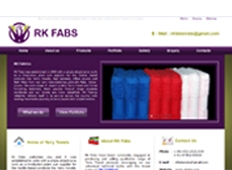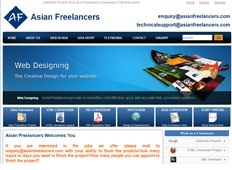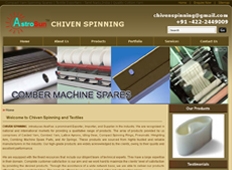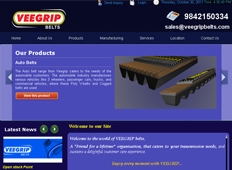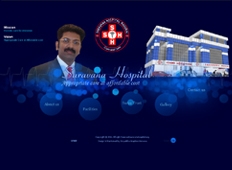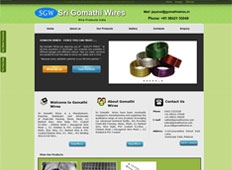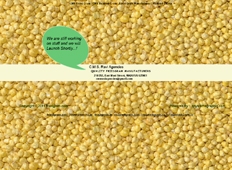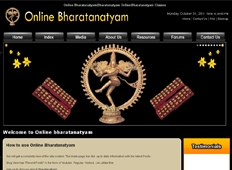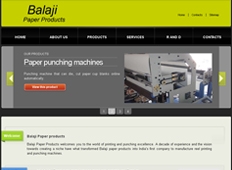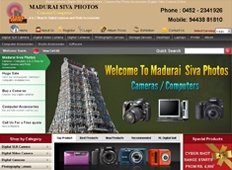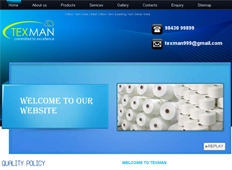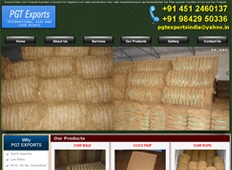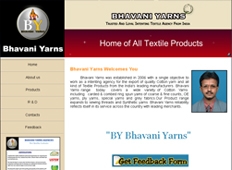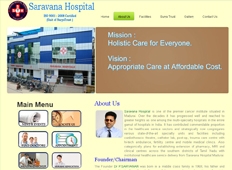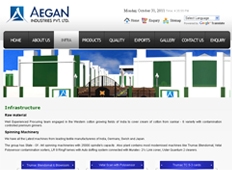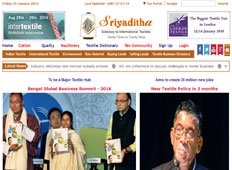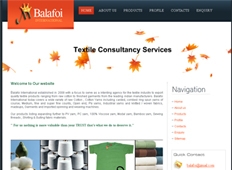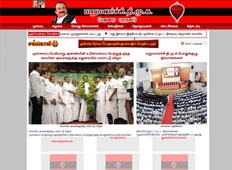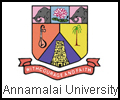2D Animation
2D animation Images are designed and created first thenthe images are edited in the computer using either 2D bitmap graphics or created and edited using 2D vector graphics. This steps are includes automated computerized versions which inbuilt with the traditional and old animation techniques of interpolated rotoscoping,interpolated morphing and onion skinning techniques.
2D animation has many applications,they are including Flash animation, Analog computer animation and PowerPoint presentation. Cinemagraphs are still photographs in the form of an animated GIF file of which part is animated.
Our 2D Animators are involving with full dedication in story board animation, illustration, background designing and character designing and having accurate and precise frame-to-frame animation. And adding perfect voice synching and flow of the animation can be with any background music .Our animation gives colorful and attraction to your presentation.
Believable acting
Believable acting means clients feel's the character's actions. We can make reliable different types character animation .Our team is well qualified in character creation and action.
We can help produce 2D Animated short film, 2D Animation for Games, 2D Animation for Learning and Animations for marketing or corporate presentation.
3D Animation
3D animation models are designed digitally and Animatorsis manipulating the animation sequences.In order to manipulate a mesh, it is given a digital skeletal structure that can be used to control the mesh. This animation development process is called rigging. Various other techniques can be applied, such as mathematical functions like gravity ,speed ,particle simulation ,flow ...etc, simulated hair,skin or fur, effects such as clouds,air , water and fire and the use of motion capture to name but a few, these techniques fall under the category of 3D dynamics. Well-made 3D animations can be difficult to distinguish from live action and are commonly used as visual effects for recent movies.
Our 3D Animators are involving with full integrity from digital designing and modelling , rigging, UV texturing, lighting ( V- ray ) and camera positioning and rendering ( mental ray ). our speciality is real time Modeling and high quality rendering with character designing includes precise Layer-to-Layer animation. It also involves perfect voice synching and flow of the animation with any background music involved.
Ultimate acting
Ultimate acting means different character actions.We can make reliable different types of character animation .Our team is well qualified in character modeling and animation actions.
We can help to produce 3D Animated corporate presentations, advertisement films, 3D Animation for Games, 3D Animation for Learning and Animations for marketing.
Rendering animation
The 3D Animation project is engineering and technical animation. The Computer Graphics has produced many rendering for three-dimensional objects onto two-dimensional displays. Rendering and animation is require a strong background. Have a glance in to our Animation portfolio page for an better idea.
What is Animation and History of Animation
Animation is a creative concept of graphic representation of drawings with movements within the sequence of continuous drawings.Here different images are set as a series and combined together for animation. Animation sequences are captured normally by using still cameras or Digital Video camera or electroninc form of copied images are transformed into the computers.The Animators are forming the story board as per the sequence defined and drawing the charecter or product images with slight differences from first to next image in the sequence. After story board and sequence of images been set animators prescribing the frame speed in timeline. (normal speed for regular animation sequence is 24 fps.Animation speed means movement of images or frames per second)thus the image sequence is appearing as a continuous Animation.
from the days of olden Era Animation concepts are gradually developed stage by stage and today limitations for this Field is endless...
Here below different types of Animation concepts are briefed which used during various centuries.
Flip book or thumb blow book (1868):
clearly attempting to convey the perception of motion. set of sequential pictures flipped at a high speed creates this effect. The Mutoscope (1894) is basically a flip book in a box with a crank handle to flip the pages.The Egyptian mural, found in the thomb of Khnumhotep and Niankhkhnum, at the Beni Hassan cemetery. The paintings are approximately 4000 years old and show scenes of young soldiers being trained in wrestling and combat within the drawings.
Zoetrope (180 AD; 1834):
The zoetrope is a device which creates the image of a moving picture.
The modern zoetrope was produced in 1834 by William George Horner. The device is essentially a cylinder with vertical slits around the sides. Around the inside edge of the cylinder there are a series of pictures on the opposite side to the slits. As the cylinder is spun, the user then looks through the slits to view the illusion of motion.
Thaumatrope (1824):
A thaumatrope was a simple toy used in the Victorian era. A thaumatrope is a small circular disk or card with two different pictures on each side that was attached to a piece of string or a pair of strings running through the centre. When the string is twirled quickly between the fingers, the two pictures appear to combine into a single image.
Phenakistoscope (1831):
The phenakistoscope was an early animation device, the predecessor of the zoetrope. It was invented in 1831 .
Praxinoscope (1877):
The praxinoscope was a more sophisticated version of the zoetrope. It used the same basic mechanism of a strip of images placed on the inside of a spinning cylinder, but instead of viewing it through slits, it was viewed in a series of small, stationary mirrors around the inside of the cylinder, so that the animation would stay in place,
and provide a clearer image and better quality. Reynaud also developed a larger version of the praxinoscope that could be projected onto a screen, called the Théâtre Optique.
Puppet animation :
Typically involves stop-motion puppet figures interacting with each other in a constructed environment, in contrast to the real-world interaction in model animation.
Clay animation:
Clay animation, or Plasticine animation often abbreviated as claymation, uses figures made of clay or a similar malleable material to create stop-motion animation.
Cutout animation :
Cutout Animation is a type of stop-motion animation produced by moving 2-dimensional pieces of material such as paper or cloth.
Model animation:
refers to stop-motion animation created to interact with and exist as a part of a live-action world. Intercutting, matte effects, and split screens are often employed to blend stop-motion characters or objects with live actors and settings.
Object animation:
Object animation refers to the use of regular inanimate objects in stop-motion animation, as opposed to specially created items.
Graphic animation:
Graphic Animation uses non-drawn flat visual graphic material (photographs, newspaper clippings, magazines, etc.) which are sometimes manipulated frame-by-frame to create movement. At other times, the graphics remain stationary, while the stop-motion camera is moved to create on-screen action.
Computer animation:
Computer animation encompasses a variety of techniques, the unifying factor being that the animation is created digitally on a computer. ( 2D Animation , 3D Animation ,GIF Animation )
Sriyaditha Graphics Animation:
We Animation India offering All kind of 2D Animation and 3D Animation outputs for your various needs.









